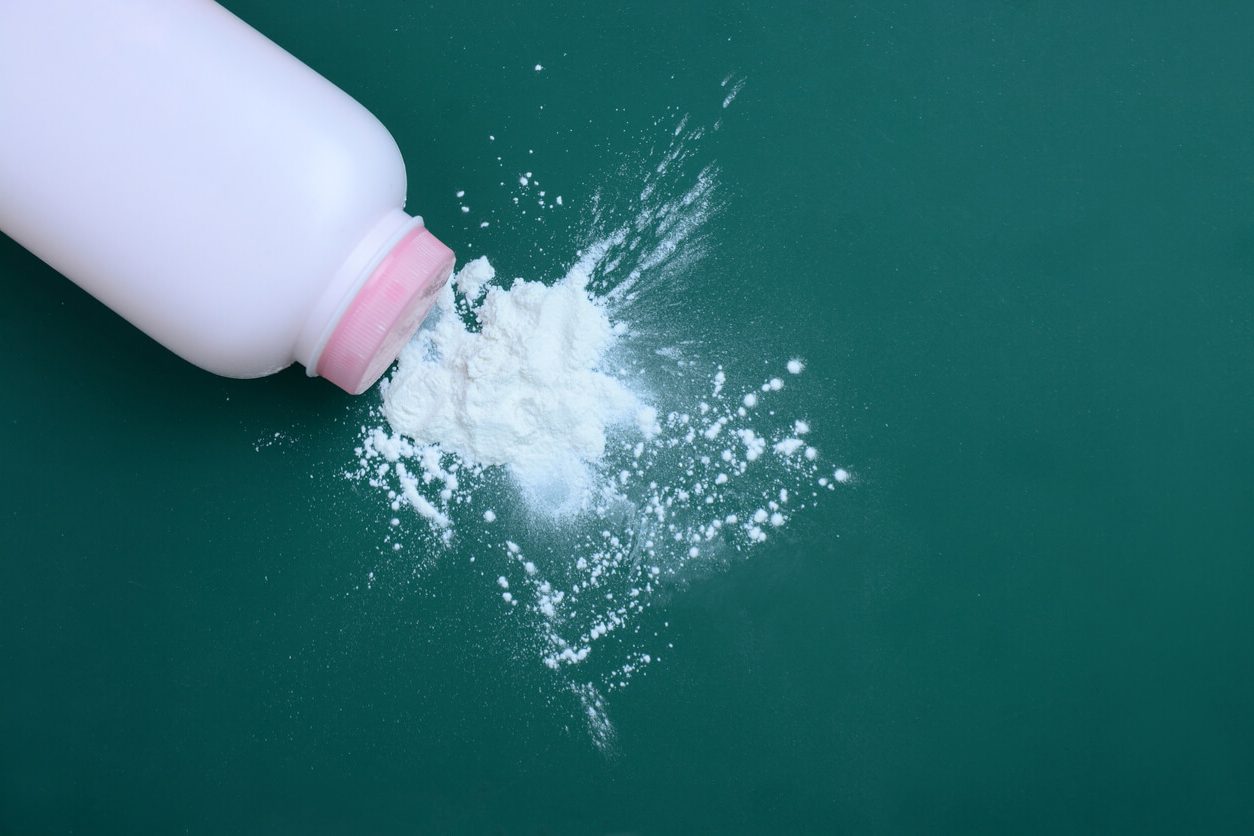Unsealed Emails Reveal J&J’s Influence on Talc and Cancer Report
Editors carefully fact-check all Drugwatch.com content for accuracy and quality.
Drugwatch.com has a stringent fact-checking process. It starts with our strict sourcing guidelines.
We only gather information from credible sources. This includes peer-reviewed medical journals, reputable media outlets, government reports, court records and interviews with qualified experts.

Unsealed emails used as evidence in a Mississippi lawsuit against Johnson & Johnson show that the health care giant may have played a role in how the FDA weighed health risks of talcum powder products, Bloomberg reported.
The emails between J&J and its talc supplier Rio Tinto Minerals show that J&J and its supplier selected individual scientists hired by the Personal Care Products Council (PCPC). These scientists wrote a 2009 report on the potential health risks of talc powder and even changed the report’s final draft after the companies told them to.
The report informed the FDA’s decision on whether or not to add a cancer warning to talc products. The FDA ultimately decided against a warning.
According to a J&J lawyer’s email to Reuters, the company didn’t do anything wrong by withholding the fact that it worked with PCPC to create the report and “acted in an appropriate and transparent manner.”
J&J Still Faces More than 37,000 Talc Lawsuits
J&J currently faces more than 37,000 talcum powder lawsuits in New Jersey federal court and more in state courts across the country. Plaintiffs say J&J failed to warn them that their talc-based baby powders could cause ovarian cancer and mesothelioma.
In October 2019, the baby powder maker recalled 33,000 bottles of baby powder after the FDA found trace amounts of asbestos in one batch. Then in 2020, the company announced it would stop selling its iconic talc-based Johnson’s Baby Powder in the U.S. and Canada because of financial reasons.
“Demand for talc-based Johnson’s Baby Powder in North America has been declining due in large part to changes in consumer habits and fueled by misinformation around the safety of the product and a constant barrage of litigation advertising,” the company said in a statement dated May 19, 2020.
So far, the largest talcum powder verdict to date is a $4.7 billion verdict awarded to 22 women in Missouri court who said J&J’s baby powder gave them ovarian cancer. The verdict was later reduced to $2.1 billion. And in 2020, J&J offered more than $100 million to settle about 1,000 talc claims.
Billions in Talc Liability
Although the company has won its share of defense verdicts, it faces as much as $7.5 billion in settlement losses, Bloomberg Intelligence analyst Holly Froum said.
Facing billions in potential losses, J&J created an entity called LTL Management and dumped its talc liability in the new company and then had the new company file for bankruptcy in North Carolina in October 2021. Critics have called the bankruptcy a despicable move to avoid liability.
The Senate Judiciary Committee has urged J&J to “immediately reverse course so that tens of thousands of consumers can have their fair day in court.”
So far, J&J isn’t getting the reprieve it was looking for.
The company wanted to halt talc litigation during bankruptcy proceedings. But in November, Judge Craig Whitley only delayed the cases for 60 days and ruled the cases should go back to New Jersey, where J&J is headquartered.
“Although we believe this case was properly venued in North Carolina, we will continue to work with all parties to seek an efficient and equitable resolution,” J&J’s new subsidiary LTL said in a statement to NPR.
LTL continues to assert that J&J’s baby powder is safe, doesn’t cause cancer and doesn’t contain asbestos.


